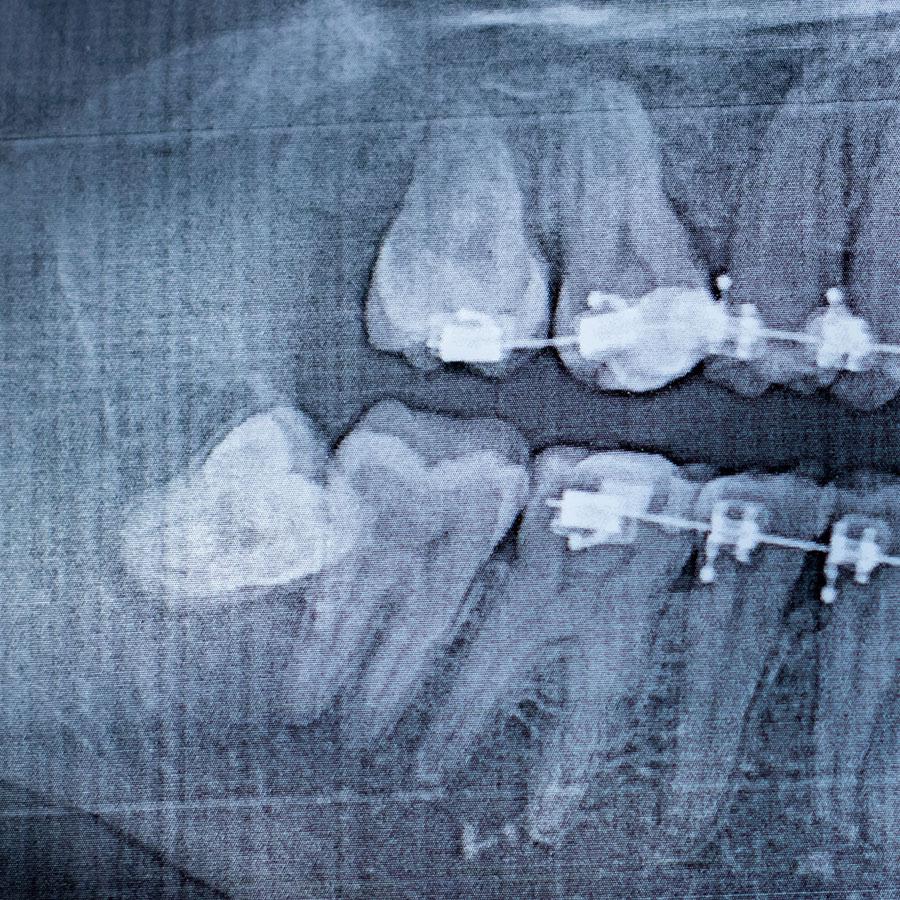Canine teeth, also known as cuspids or fangs, are highly visible, yet often overlooked, teeth in humans. Impaction, or displacement of the tooth from its normal position, is a common dental condition that can affect canine teeth. Impaction of the canine teeth can have a variety of causes, ranging from genetics to trauma, and can have serious consequences if left untreated.
The Exposure of Impacted Canines
The exposure of impacted canines is a complex and delicate procedure that requires a unique set of skills and experience on the part of the dental professional. The goal of this procedure is to free the impacted tooth and properly align it in the dental arch. This can be accomplished through a variety of techniques, including orthodontic, surgical, and restorative measures.
Exposure of impacted canines can help to improve the overall health of the patient, as well as the aesthetics of their smile. It can also help to reduce the risk of further complications, such as periodontal disease, decay, and gingival recession. Additionally, exposure of impacted canines can help to improve the patient’s ability to properly chew and speak.
What to Expect
Due to the complexity of this procedure, the patient must consult with an experienced dental professional to ensure the best possible outcome. The dental professional will be able to determine the best course of action in order to effectively address the impacted canine and provide the patient with the best possible outcome.
The exposure of impacted canines is a complex procedure, but with the help of a skilled dental professional, the patient can be confident that their impacted canines will be properly exposed and properly aligned. The patient can also be assured that their overall dental health and aesthetics will be improved.
What Happens If It Is Left Untreated?
If left untreated, impacted canines can lead to a variety of problems. For example, impacted canines can cause crowding of other teeth, which can lead to further tooth alignment issues. Additionally, impacted canines can cause pain and discomfort, as well as difficulty in eating and speaking. If left untreated, impacted canines can also cause damage to the surrounding teeth and gum tissue. Therefore, it is important to seek treatment for impacted canines as soon as possible to avoid any of these potential complications.
After the Treatment
The treatment of impacted canines will depend on the severity of the case, but generally, orthodontic treatment is recommended to move the impacted tooth into its proper position. After treatment, it is important to maintain good oral hygiene habits, as well as regular visits to the dentist to ensure the tooth is properly aligned and healthy. Additionally, regular orthodontic check-ups may be needed to monitor the progress of the impacted tooth.
When Can I Return to Normal Activities?
It is important to follow your doctor's instructions for when to return to normal activities. Generally, you should wait at least a few days after treatment before returning to activities that involve physical exertion or contact sports. You may also need to avoid certain foods or activities that could put a strain on the impacted tooth.
Conclusion
In conclusion, Impacted canines are a common dental condition that can have a significant impact on oral health. Treatment of impacted canines typically involves orthodontic or surgical measures or a combination of the two. In any case, early diagnosis and treatment of impacted canines are key to ensuring optimal oral health. If you think that you or a loved one has impacted canines, it is best to set an appointment with your dentist as soon as possible.
If you need to have face and jaw surgery done, contact Capital Oral and Facial Surgery Center. We are pleased to accept new patients from the age of one year and up.


